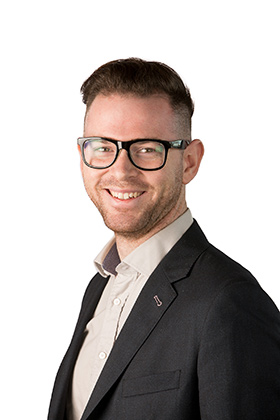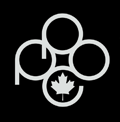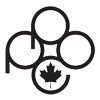Thursday, February 2, 2023
Using Mirrorless Camera Exposure Settings on a Century-old Large Format Camera
Using Mirrorless Camera Exposure Settings on a Century-old Large Format Camera By Graham Ruttan
Recently, I was gifted a large format camera that my great-grandfather purchased from Sears Roebuck back in 1897; this camera takes 4x5 film, and—incredibly—it is fully functional!
I have primarily only used mirrorless cameras that have internal light meters and on-screen histograms for measuring exposures very accurately. Sears Roebuck obviously was not selling cameras featuring any automated light metering in 1897, nor would that technology exist for another 40 years, so one of the first questions I had when planning to put this antique to use was: "How can I calculate correct exposures for this camera without an internal light meter?"
The first step was to physically examine the lens, which to my delight, I found that it calculates aperture values in f-numbers. This greatly simplified things for me. If two cameras use lens systems built for those cameras that measure apertures in f-numbers, then exposure settings are transferable between the cameras.
But why?
F-numbers (N) are a mathematical ratio of how far light has to travel before it focuses on the camera's image plane (focal length, or f), divided by how large an opening for light to enter into the camera (effective aperture, or D).
This is written as the equation N=f/D.
What about sensor size differences and 35mm equivalences?
Oh boy, this one really stumped me, but once I started studying how early researchers and manufacturers calculated things like focal length and effective aperture, I finally started to understand it.
On a large format camera, the lens sits on a rail that can slide away from and towards the back plate of the camera where the film sits. The distance of the lens from the image plane is the "focal length" of a lens, or how far the lens needs to be from the image plane to properly focus an image and project a circle of light big enough to cover the whole sensor. You can measure that distance in millimeters.
It is a similar effect to pointing a projector at a wall and backing away. As you back away from the wall the light travels further and spreads more from the lens on the front of the projector. If you marked out a 1-foot square on the wall, you would see that the square would gradually have less of the projected picture, and the light hitting the square would gradually decrease as the distance increased. On the camera, as the lens moves further from the image plane to focus on infinity, the field of view (FOV) narrows and the projected image of the FOV on the image plane grows. The intensity of the light from that FOV decreases as the projection of a FOV increases.
Why isn't there a need for an f-number conversion for using a full-frame lens on a crop sensor camera?
When using a lens built for a full-frame camera on a crop sensor camera, you can calculate a 35mm equivalent to the effect captured by the cropped sensor. The equivalency is primarily a calculation of the FOV that would be seen if the crop sensor were a full-frame sensor. However, because the core measurements remain the same between the rear focal elements in the lens and the image plane, the same amount of light is arriving at the sensor. It's like the example of shining a projector at a wall with a 1-foot square marked out, except instead of moving the projector away, you're marking out another smaller square inside of the 1-foot square. The amount of light hitting the smaller square stays the same, but the area is smaller.
So...
All lenses shooting at f4 have the same light-gathering capacity for their sensors. This is because lenses are built to project images from their FOV onto an image plane that stays at a constant distance from the rear focusing element of the lens. Lenses that sit further from the image plane need larger apertures to compensate for the increase in the size of the projection of light from their narrower FOV.
Lenses that sit closer to the image plane need smaller effective apertures to compensate for the decreased size of the projection of light from their wider FOV. This is one aspect of transferring exposure settings from a mirrorless camera to a large format camera that can't be automated. As a lens is moved to adjust focus from infinity, the effective aperture of the lens increases and decreases respectively. Some specific measurements and calculations can be manually applied to adjust exposure settings to compensate for this "bellows breathing." This phenomenon will be familiar to photographers used to shooting macro photography.
Armed with this new knowledge about exposure settings, I now bravely set out to capture large format photographs on my 1897 camera, with correct exposure settings transferred from my 2021 camera.
 Graham Ruttan is a neuro-spicy, accredited, and award-winning photographer living in Alberta. Graham specializes in event, landscape, travel, and lifestyle photography. He joined PPOC in 2019 and says the peer review and learning are the most valuable features of membership for him. You can find more of Graham's work on his website, or follow him on Instagram.
Graham Ruttan is a neuro-spicy, accredited, and award-winning photographer living in Alberta. Graham specializes in event, landscape, travel, and lifestyle photography. He joined PPOC in 2019 and says the peer review and learning are the most valuable features of membership for him. You can find more of Graham's work on his website, or follow him on Instagram.







